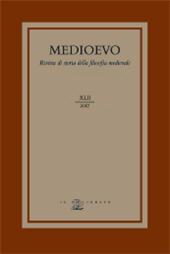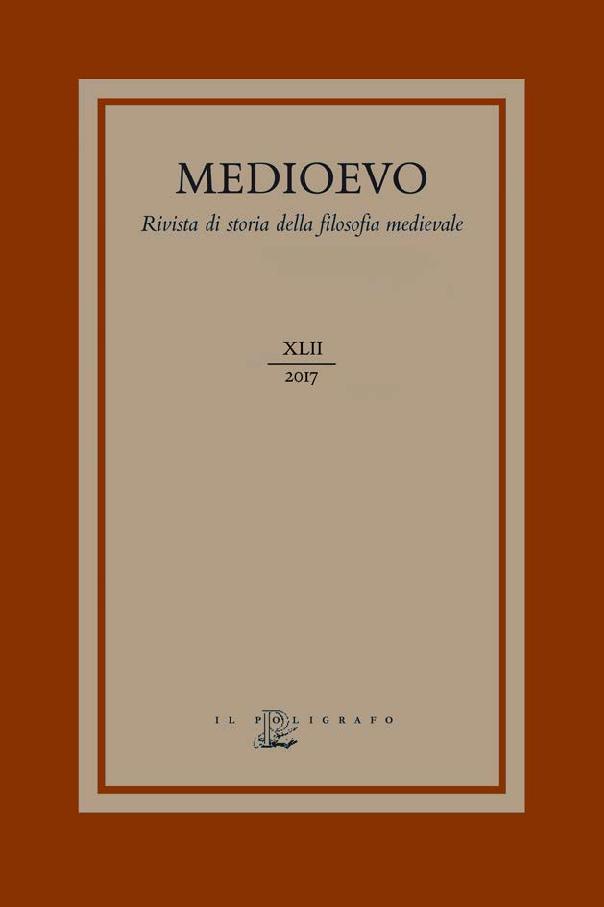Estimaverunt Indi : la diffusion d'un texte geomantique condamné
57-80 p.
This text, which, according to the first two words of its incipit is called Estimaverunt Indi (EI), is one the earliest extant Latin treatises on geomancy. It is translated from Arabic, and its author is unknown. Despite condemnation by Archbishop Etienne Tempier's in the 1277 Syllabus, EI had a wide circulation. EI's greatest admirer is Bartholomew of Parma, who expressly mentions it in all of his treatises on geomancy. It is also frequently quoted in a number of geomantic compilations of the fourteenth and fifteenth centuries. However, these quotations seem to be only general references to an auctoritas, as the EI was in fact considered, and not evidence of an actual knowledge of it. Moreover, the final section of the EI, concerning the "way of the point" (via puncti), had an autonomous circulation both in the Latin and the vernacular tradition, but in the version of another translator and under a different authority, i.e. as Liber Salcharie Albassarith.
It seems therefore possible to conclude, from a first investigation, that EI's diffusion should be downsized and that it derives, at least partly, from the fortune of one of its sources, that Albusaid or Johannes Tripolitanus often mentioned in the EI. [Publisher's text].
Il testo denominato, secondo le prime parole dell'incipit, Estimaverunt Indi (E.I.) è uno dei primi testi latini di geomanzia che sono giunti fino a noi. Tradotto dall'arabo, il suo autore resta sconosciuto. L'E.I. ha avuto una vasta circolazione, malgrado la condanna che ricevette da parte del vescovo Étienne Tempier nel Sillabo del 1277. Il più grande ammiratore dell'E.I. è Bartolomeo da Parma che lo cita esplicitamente in tutti i suoi trattati di geomanzia. Frequenti sono anche le citazioni presenti in molte compilazioni geomantiche del XIV-XV secolo; tali citazioni, tuttavia, sembrano essere soltanto riferimenti generici ad una auctoritas, quale era considerato l'E.I., e non rivelare una vera conoscenza del trattato. Inoltre, la sezione finale dell'E.I., riguardante la determinazione della "via del punto" (via puncti), ebbe una circolazione autonoma, in ambito latino e volgare, ma nella versione di un altro traduttore e sotto un'altra autorità, vale a dire come Liber Salcharie Albassarith.
Da una prima ricognizione, sembra quindi di poter concludere che la diffusione dell'E.I. sia da ridimensionare e che, almeno in parte, derivi dalla fortuna di una sua fonte, di quel Albusaid o Johannes Tripolitanus citato spesso nell'E.I. [Testo dell'editore].
-
Articles from the same issue (available individually)
-
Information



